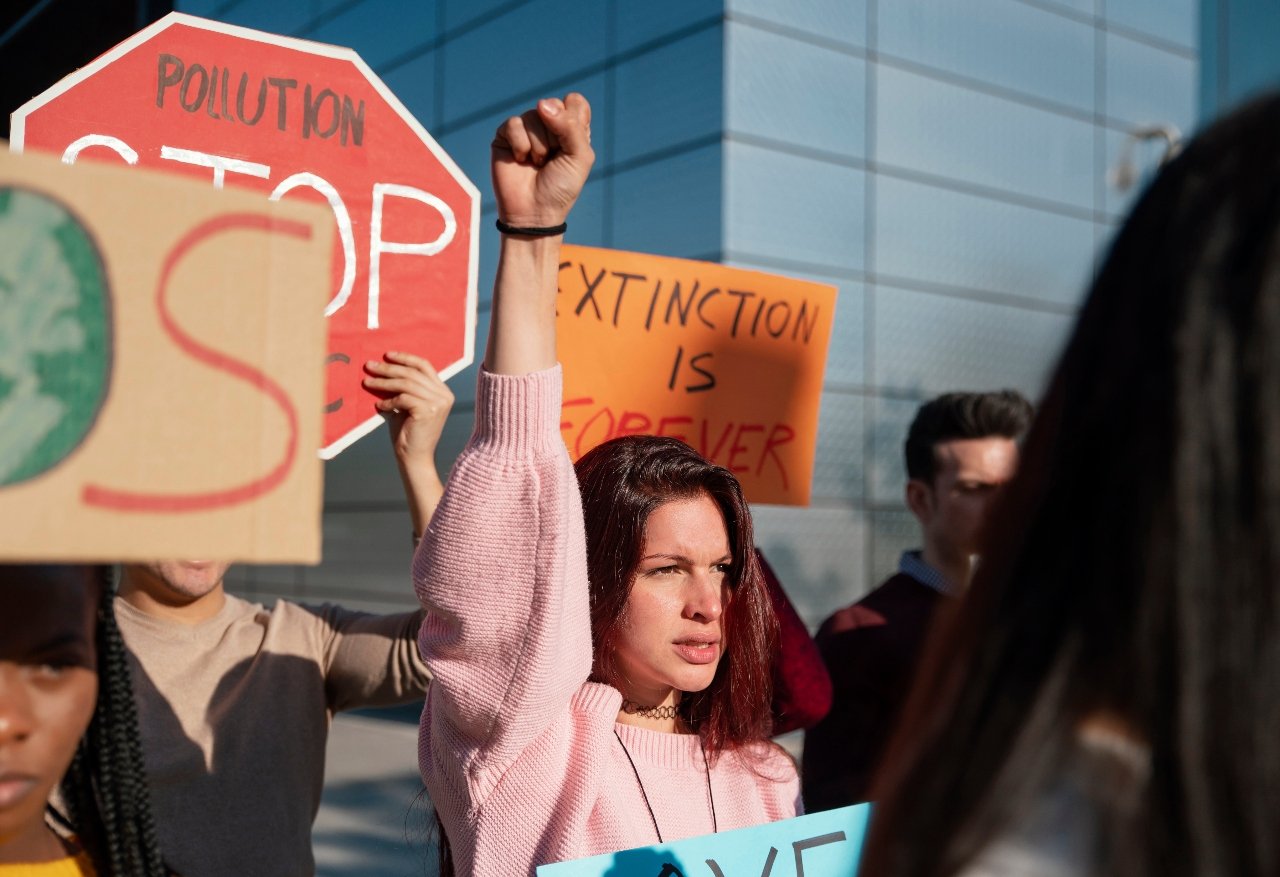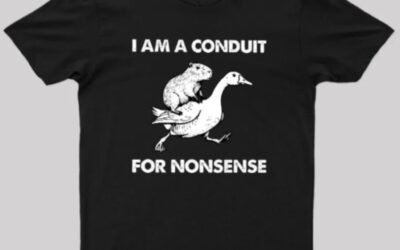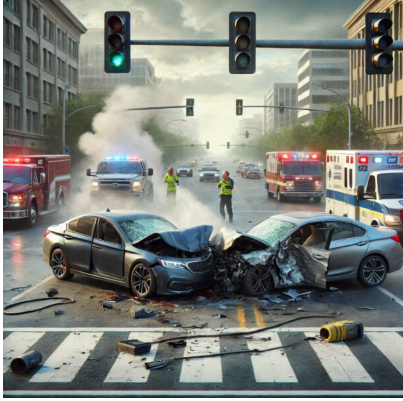Indiana Buffer Zone Law Injunction: A Legal and Social Analysis

The Indiana buffer zone law injunction has ignited significant legal and public discourse, drawing attention to the delicate balance between protecting public safety and preserving free speech rights. Buffer zone laws often aim to regulate the distance between protesters and specific locations, such as healthcare facilities or public buildings, to ensure order and minimize conflict. However, their application has raised questions about constitutional rights, particularly the First Amendment.
Understanding the nuances of this injunction requires examining its background, legal implications, and broader societal impact.
What Is the Indiana Buffer Zone Law?
The Indiana buffer zone law establishes designated areas around specific locations where certain activities, such as protesting or demonstrating, are restricted. These laws are typically enacted to maintain public order, protect access to facilities, and ensure the safety of individuals.
In practice, buffer zones are often implemented around sensitive locations such as abortion clinics, courthouses, or government buildings. While the law aims to prevent harassment and obstruction, it can inadvertently limit free speech and public assembly rights.
The Role of the Injunction in Indiana’s Buffer Zone Law
An injunction related to the Indiana buffer zone law temporarily halts the enforcement of the statute, pending further legal review. This legal action typically arises when opponents of the law argue that it infringes on constitutional rights.
The injunction process allows courts to evaluate whether the law violates the First Amendment or other constitutional protections. While the injunction is in effect, the buffer zone restrictions are suspended, permitting activities that might otherwise be prohibited.
Historical Context of Buffer Zone Laws
Buffer zone laws have a long history in the United States, often rooted in efforts to address conflicts at abortion clinics. The 1994 Freedom of Access to Clinic Entrances (FACE) Act established federal protections for individuals entering such facilities.
Since then, states like Indiana have enacted their own buffer zone laws, sometimes leading to legal challenges. Supreme Court cases such as Hill v. Colorado (2000) and McCullen v. Coakley (2014) have shaped the legal landscape, highlighting the tension between public safety and free speech.
Key Provisions of Indiana’s Buffer Zone Law
The Indiana buffer zone law includes specific provisions designed to regulate activities near designated locations. These may include:
- Distance Requirements: Establishing a minimum distance protesters must maintain from facility entrances or individuals.
- Prohibited Actions: Restricting certain behaviors, such as blocking entrances, physical harassment, or aggressive demonstrations.
- Exceptions and Permissions: Allowing for certain activities within the zone if prior approval is obtained.
The law’s intent is to protect individuals from harm while ensuring access to services. However, its opponents argue that it disproportionately limits lawful expression.
Legal Challenges to the Indiana Buffer Zone Law
The injunction against the Indiana buffer zone law was sought by groups claiming that the statute violates constitutional rights. Common legal arguments include:
- First Amendment Violations: Opponents argue that the law infringes on free speech and assembly rights by restricting protests in public spaces.
- Vagueness and Overbreadth: Critics contend that the law’s language may be too broad or unclear, leading to arbitrary enforcement.
- Equal Protection Concerns: Some claim that the law unfairly targets specific groups or viewpoints.
These challenges underscore the need for courts to carefully weigh the law’s intent against its potential to suppress lawful activities.
The Role of Courts in Evaluating Injunctions
Courts play a critical role in determining whether the Indiana buffer zone law injunction should remain in place. Judges assess several factors, including:
- Likelihood of Success: Evaluating whether the plaintiffs’ legal claims are likely to succeed on their merits.
- Irreparable Harm: Determining whether the absence of an injunction would cause significant harm to the plaintiffs.
- Public Interest: Balancing the broader societal impact of enforcing or suspending the law.
These considerations guide judicial decisions, shaping the future of buffer zone regulations in Indiana and beyond.
Balancing Public Safety and Free Speech
Buffer zone laws highlight the challenge of balancing public safety with constitutional rights. On one hand, these laws aim to protect individuals from harassment or harm. On the other hand, they can restrict the ability of individuals to express dissent or assemble in public spaces.
Achieving this balance requires careful drafting and enforcement of laws, ensuring they target harmful behavior without suppressing lawful expression. Legal precedents provide valuable guidance in navigating these complexities.
Public Reactions to the Injunction
The Indiana buffer zone law injunction has elicited diverse reactions from the public. Supporters of the injunction view it as a victory for free speech and civil liberties, emphasizing the importance of protecting constitutional rights.
Conversely, opponents argue that the suspension of the law undermines public safety and access to essential services. These conflicting perspectives underscore the deeply polarized nature of the debate.
Similar Cases Across the United States
Indiana’s buffer zone law and its associated injunction are not unique. Similar cases have emerged nationwide, reflecting ongoing legal and societal debates.
For example, Colorado’s buffer zone law was upheld in Hill v. Colorado (2000), while Massachusetts’ buffer zone law was struck down in McCullen v. Coakley (2014). These cases demonstrate how courts grapple with the interplay between public order and individual rights.
The Impact on Protest Movements
Protest movements often rely on visibility and proximity to their intended audience. Buffer zone laws, while designed to prevent harm, can limit these movements’ effectiveness.
The Indiana buffer zone law injunction highlights how such regulations can affect grassroots organizing, public demonstrations, and the broader exercise of democratic rights. Protesters must adapt to changing legal landscapes, finding creative ways to amplify their messages within the confines of the law.
Best Practices for Crafting Buffer Zone Laws
To ensure that buffer zone laws achieve their intended goals without infringing on rights, lawmakers can adopt best practices:
- Clear Language: Avoiding vague or overly broad provisions that may lead to arbitrary enforcement.
- Narrow Scope: Targeting specific behaviors rather than restricting entire areas.
- Stakeholder Input: Engaging with affected communities, legal experts, and civil rights organizations during the drafting process.
By incorporating these principles, laws can better balance competing interests and withstand legal scrutiny.
Future Implications of the Injunction
The outcome of the Indiana buffer zone law injunction will have far-reaching implications. If the law is upheld, it could set a precedent for similar regulations nationwide. Conversely, if the injunction leads to the law being struck down, it may embolden challenges to other buffer zone laws.
This case serves as a reminder of the importance of judicial oversight in safeguarding constitutional rights while addressing public safety concerns.
The Indiana buffer zone law injunction represents a pivotal moment in the ongoing debate over public safety and free speech. By examining the legal, social, and historical dimensions of this issue, it becomes clear that achieving a balance requires careful consideration and collaboration.
Whether the law is ultimately upheld or struck down, its impact will resonate beyond Indiana, shaping the broader discourse on constitutional rights and public order.
FAQs
What is the purpose of buffer zone laws?
Buffer zone laws aim to protect public safety and ensure access to specific locations by restricting certain activities in designated areas.
Why was the Indiana buffer zone law injunction issued?
The injunction was issued to temporarily halt the enforcement of the law while courts evaluate its constitutionality.
How do buffer zones affect free speech?
Buffer zones can limit free speech by restricting where protests or demonstrations may occur, raising concerns about constitutional rights.
What are the key arguments against buffer zone laws?
Opponents argue that these laws violate the First Amendment, are overly broad, and may target specific groups unfairly.
Have similar cases occurred in other states?
Yes, similar cases have been litigated nationwide, including notable Supreme Court decisions like Hill v. Colorado and McCullen v. Coakley.
How do courts decide whether to uphold an injunction?
Courts consider factors such as the likelihood of success on the merits, irreparable harm, and the public interest.
What is the broader impact of the Indiana buffer zone law injunction?
The injunction has implications for future buffer zone regulations, balancing public safety with constitutional rights.











